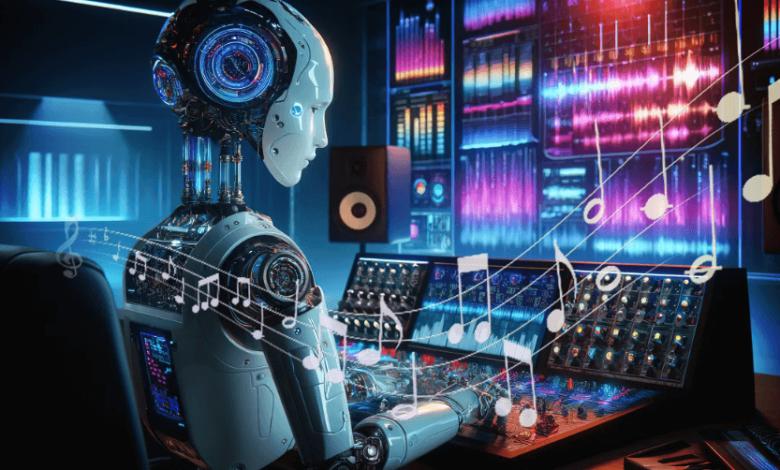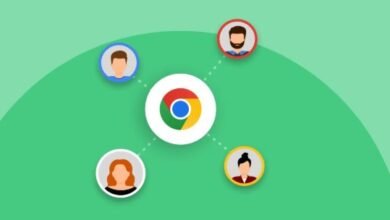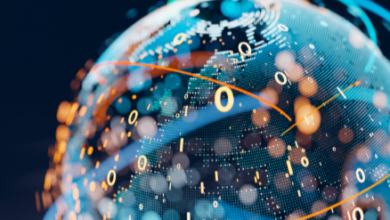How to Create AI Music Without Being a Musician (And Why You Should)

Have you ever caught yourself humming a tune and thinking, “What if I were to make this an actual song?” The idea might have occurred to you as impossible—especially if you’ve never played an instrument, let alone opened music production software. But the thing is: with artificial intelligence, today you can actually write music. And you don’t have to be Mozart or even know the first thing about reading sheet music to write it.
Technology has come a long way to where anyone with a computer, some creativity, and some interest can create AI music. It is not a toy or a fad. It is a very powerful new tool for self-expression, idea development, or even career discovery—all without needing a home studio or spending years learning.
Let’s take it apart and examine how AI is turning the music world upside down—and how you can participate, even if you’ve never written a note in your life.
The Evolution of AI in Music
Artificial intelligence and music are an unlikely pair, yet they’ve been dating for some time now. From as early as the 1950s, scientists have been experimenting with producing melodies through machines. Fast forward to the current day, and we have software that can produce albums, digitize human voice, and remix music in real-time.
What’s new? In short: greater computing power, better data, and smarter algorithms. AI software can now look through massive libraries of songs—millions of data points—and figure out what makes music work. Rhythm, harmony, mood, style—they can deconstruct it, understand it, and build something new from it.
And the kicker: most of the current AI music tools are designed for folks like you. Not engineers. Not sound experts. Just regular folks who want to mess around, create, or improvise with AI.
See also: Electric Vehicles: The Tech Behind the Shift
Why Make AI Music in the First Place?
Let’s talk about the why before we can get to the how. Why would someone make AI music, much less if they’re not a musician?
Here are a few great reasons:
- Creativity Boost: With AI tools, you can break through creative blocks and come up with new ideas. You can provide it with a style or mood and have it come back with something.
- Rapid Prototyping: Got a podcast, video, or game in the works? AI music tools allow you to produce background music just for your project—fast.
- Learning Aid: Watching AI generate melodies or beats is a fun way to learn music theory without textbooks or classes.
- Accessibility: Not everyone has the ability to purchase instruments, recording studio time, or software licenses. AI levels it out.
In a nutshell, it provides an opportunity for people who never thought that music production was their thing. And that matters.
Getting Started: Tools That Let You Create AI Music
The best news? You don’t need to download difficult software or spend a lot of cash on specialized gear. Many AI music apps are web-based, simple to use, and cost nothing to get started with.
Check out some of the most popular ones to test:
- Soundraw – This AI music creator lets you choose a mood, genre, and length, and it’ll create a few track versions you can edit and download.
- Amper Music – Great for content creators making content. Choose the style, tempo, and mood, and Amper creates royalty-free music.
- AIVA (Artificial Intelligence Virtual Artist) – Great if you wish to make cinematic or orchestral. It’s even been used to compose soundtracks and symphonies.
- Boomy – Really easy to use, even for beginners. You choose a vibe, and it creates a song in seconds. You can even release it on streaming platforms.
These tools are designed to be fast and fun. And although the result won’t take home a Grammy (at least for now), it’s wonderfully professional-sounding—often good enough for YouTube vids, indie games, or just showing off to friends.
Tips for Getting the Most Out of AI Music Tools
While these tools make music making easier, they are not magic buttons. For the best results, it’s useful to approach them with intention. Here’s how to elevate your output:
- Start with intent: Are you making music for a video? A meditation app? A personal project? More specific intent helps guide your choices.
- Experiment freely: Experiment with other genres and moods. You’d be surprised how your idea sounds in a jazz version versus a techno one.
- Edit and make it your own: Most sites have some basic editing options available. Don’t settle for the first track it presents you with—cut it, loop it, mix and match.
- Add actual sounds: If you dare, lay down your own voice, beats, or sound effects on top. Hybrid tracks will feel more human and unique.
- Leave feedback: Certain websites use your feedback to make their AI better. The more you mess around with them, the more they improve.
The Human Touch Still Matters
One of the biggest misconceptions about AI and music is that it’ll replace human creativity. But in fact, the opposite is happening. These instruments aren’t replacing the artist’s work—they’re becoming part of the artist’s arsenal.
Think of AI music as a co-creative partner. It gives you a rough sketch, a starting point layer, or an unexpected notion you can develop. You still decide what you retain, what you change, and what you wish to express. It’s your own taste and preference that steer the end product.
And which no algorithm can replicate.
Wrapping Up: The Future Sounds Different (And That’s a Good Thing)
We stand at a juncture in music-making. You don’t require years of education or thousands of dollars of hardware to create something beautiful. Anyone can make AI music with the right gear—and what results is generally surprising, inspiring, and sometimes wonderfully great.
No matter if you’re a curious artist, a content producer, or just a sound player at heart, AI music brings you into an entirely new realm of possibility. And the best part? You don’t need to ask anyone’s permission to start.
Just play.





